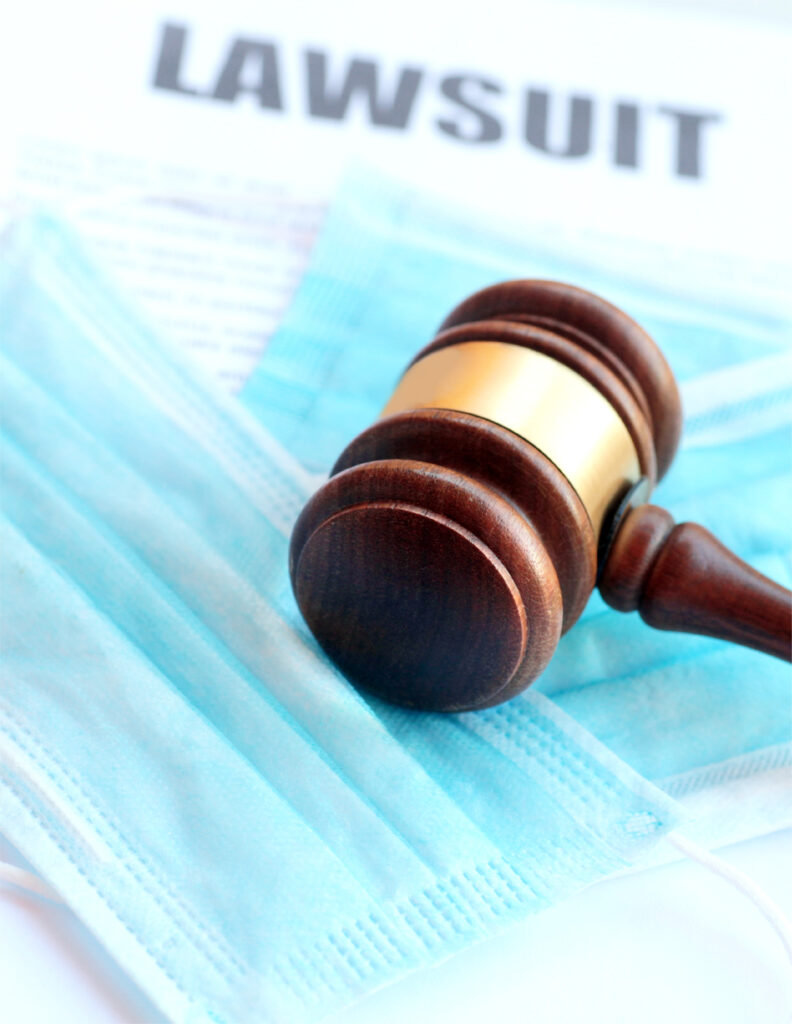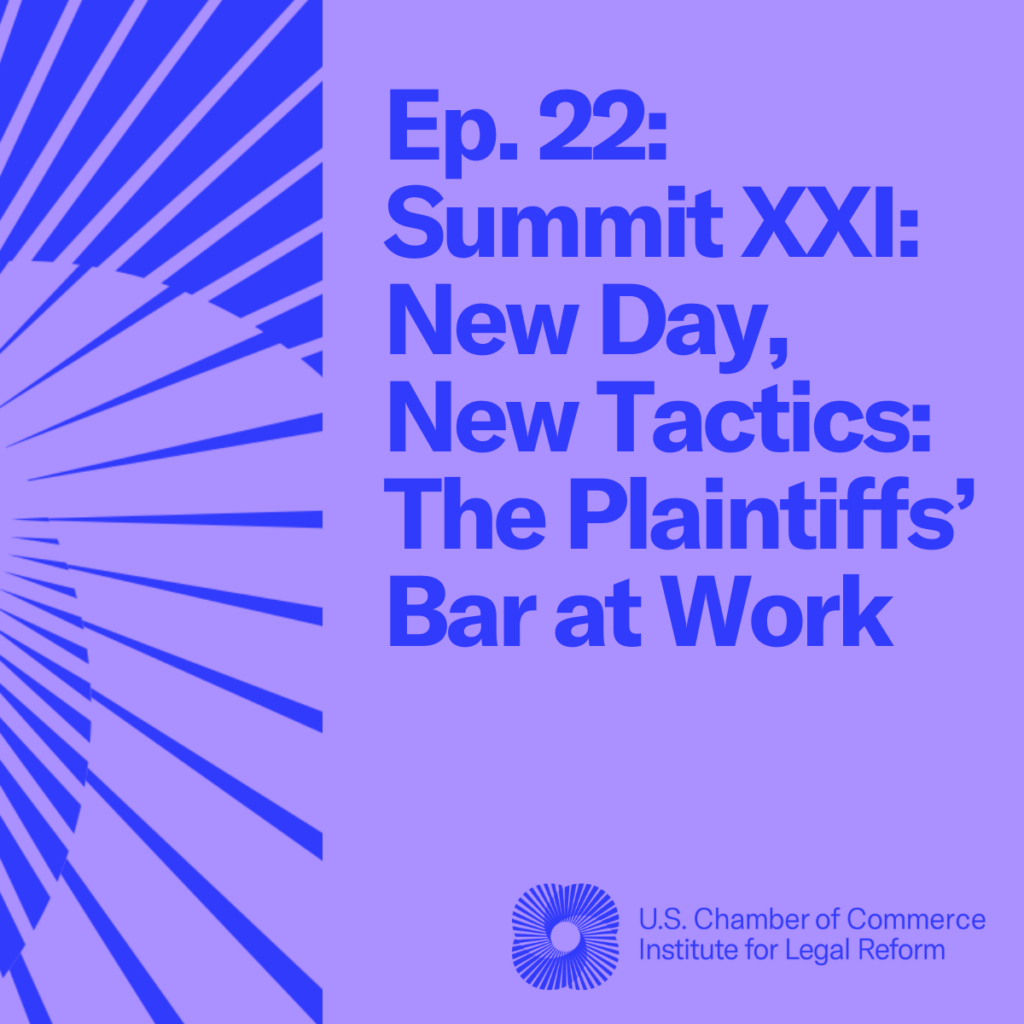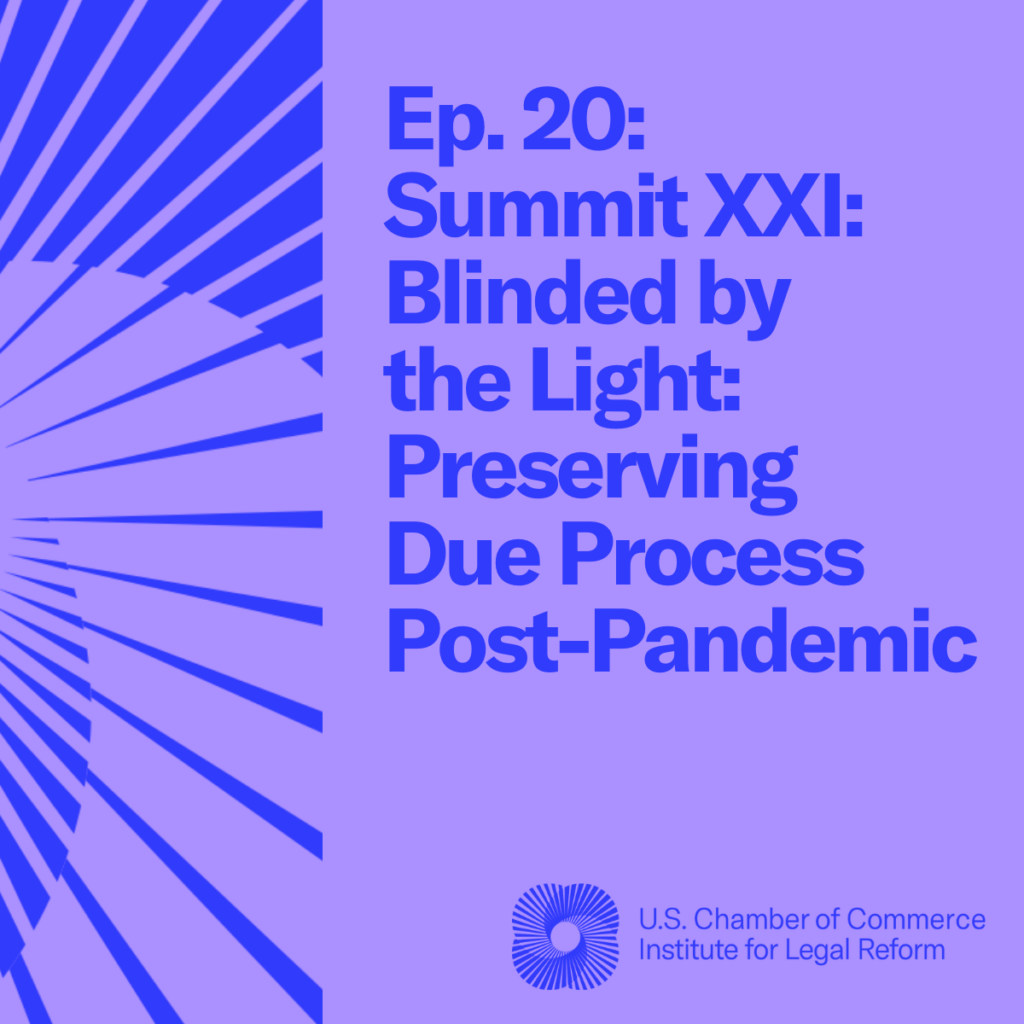The COVID-19 pandemic created significant disruptions and legal risks for businesses, schools, and non-profits. Unfortunately, following the latest public health guidelines in good faith wasn’t a sure protection against excessive and frivolous lawsuits. ILR and our state partners stepped up, successfully advocating for timely and targeted liability protections against pandemic-related lawsuits in 44 states.
Businesses in states that did not enact COVID-related liability protections still face the risk of excessive litigation. As a case study, we’ll look at the data on trial lawyer advertising for covid-related lawsuits in a few states before and after they enacted liability protections. Trial lawyers typically reduce lawsuit ad spending in response to events like the filing of a lawsuit, a blockbuster award, or even legislative events, like the enactment of pandemic-related liability protections. ILR’s 2020 research, Gaming the System: How Lawsuit Advertising Drives the Litigation Lifecycle, examined how lawsuit advertising spending tends to fluctuate and ad content is often modified in response to specific events.
Georgia and Tennessee quickly enacted COVID-19 liability protections and saw a substantial decline in related trial lawyer advertising. ILR calculates that after Georgia enacted the Georgia COVID-19 Pandemic Business Safety Act (GCPBSA) in 2020, ad spending for COVID-19 litigation decreased from $1,501,340 to $359,930, or 76 percent. Ad impressions decreased 86 percent, dropping from 171 million to 23 million impressions. The number of ad spots also dropped by 70 percent after protections were passed–from 8,845 ad spots to 2,601.
Similarly, ILR calculates that after Tennessee Gov. Bill Lee signed the Tennessee COVID-19 Recovery Act in 2020, COVID-related ad spending decreased by 82 percent. Trial lawyers spent $1,055,370 on advertising before the Recovery Act went into effect and decreased to $193,790 after. Ad impressions also decreased 86 percent, from 116 million to 15 million. The number of ad spots also dropped by 86 percent after the Recovery Act was enacted–from 8,813 ad spots to 1,209.
In 2021, Texas extended liability protections to healthcare providers and businesses when it enacted S.B. 6. According to the Texas Civil Justice League, the law has helped to curb unwarranted pandemic-related lawsuits in the state. During the height of the pandemic, medical professionals and essential businesses were faced with overwhelming challenges, from supply chain disruptions to increased sanitation requirements. Liability protections were crucial to ensuring businesses could continue operating and providing quality care without fear of expensive lawsuits.
What about states that didn’t enact liability protections against Covid-related lawsuits?? Let’s look at New York, a state that initially adopted the Emergency or Disaster Treatment Protection Act (EDTPA) to protect medical workers and facilities but later rolled back some of its protections. ILR calculates that from April-August 2020—the months where medical liability protections were provided under the EDTPA—51 ads ran, costing $22,600. After Gov. Andrew Cuomo rolled back liability protections given to nursing homes, hospitals, and other healthcare facilities, trial lawyer medical liability advertising increased by 420 percent.
For more information on covid liability, check out ILR’s series of 2020 research papers, including our ILR Briefly: Liability Overview, which examined the primary types of litigation that had emerged from the pandemic. You can also find the rest of our ILR Briefly research series on COVID-19 regarding State Liability Problems and Solutions and COVID-19 and Court Procedures on the ILR website.
Covid-19 liability protections worked. They effectively prevented an onslaught of litigation for businesses, medical facilities, schools, and non-profits that acted in good faith to follow the most up-to-date public health guidelines.



